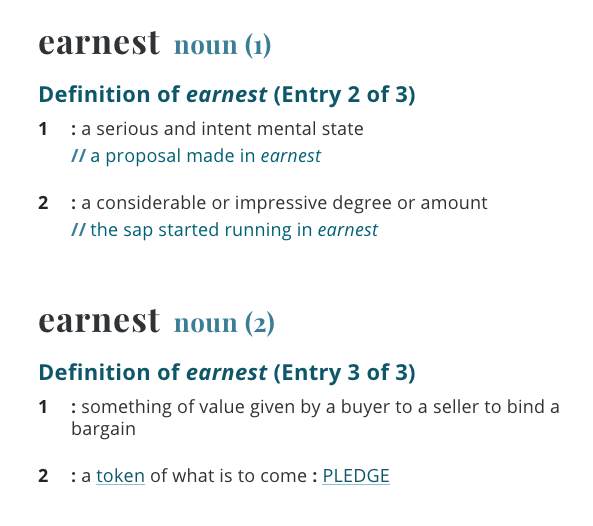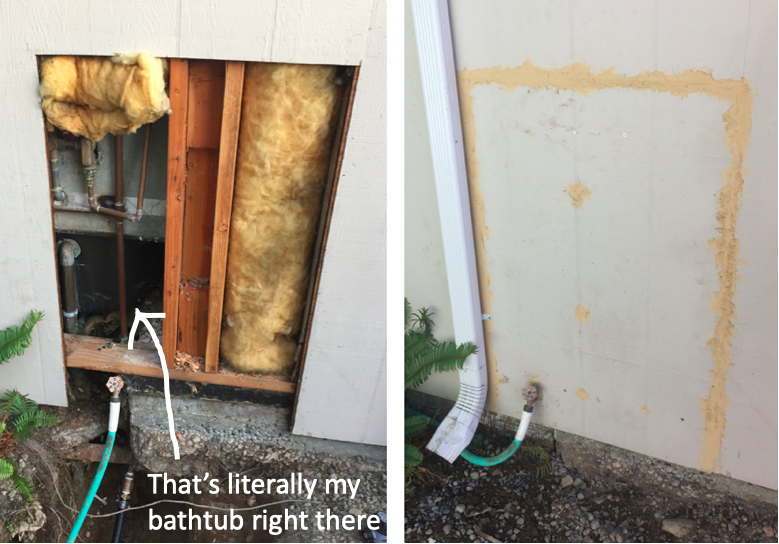Image “Thoughtful Couple” by Ketut Subiyanto, licensed under Pexels
It’s been a long buying process and finally the end is near! You are about to close on your new home. But what should you do immediately after closing?
-
Set up mail forwarding to your new address: USPS Change of Address
-
Change your address on all your automatic or recurring payments, car tabs, voter registration, etc
-
Set up utilities if applicable: water, sewer, garbage, electricity, gas, propane, oil, internet/TV. Not sure of your utility companies?
-
(If your house is on oil, check if your state offers oil tank insurance and if so, register ASAP)
-
If you have pets, do a thorough sweep of the house and yard looking for anything left behind that might make them sick: rat poison, poisonous plants, etc.
-
If you’re going to deep clean and/or paint the interior, do so before you move all your stuff in! Way easier. Includes stuff like shampooing carpets, refinishing hardwood floors, etc.
-
If you need re-grout your shower tile or re-caulk your bathtub, you generally have to let it dry for at least 24 hours before you can use your shower or tub. Especially if you only have one shower, it’s easiest to do this before you move in and need to take a shower!
-
Change out all the locks/install smart locks
-
After you change the locks, give someone a spare key (friends, family, maybe a neighbor you trust) – just in case
-
Change your garage code or any other entry code into your home
-
Consider installing a locking mailbox
-
Consider installing a fancy doorbell and/or security cameras
-
Locate your electricity panel, main water shutoff, and gas shutoff so you know where they are in case you need to shut them off quickly
-
Make sure the seller left behind things like garage door opener, any remote controls for lights, gas key valve, etc
-
Test your sump pump (if you have one) – you can pour water into it to make sure it works. Better to try it out before you need it!
-
Make sure you have working smoke and carbon monoxide detectors. If your detectors are more than 10 years old, replace them.
-
Make sure you have fire extinguishers: at least one on each floor of your house, and especially have one in the kitchen and in the garage.
-
Put water pans underneath the washer and hot water tank, with water alarms to detect any future leaks. If you’re worried about your basement or crawl space leaking, it might be a good idea to throw an alarm down there too. Hell, put water alarms under anything you are worried about leaking: dishwasher, sinks, etc. (Be careful about putting a pan under your washer if the pan might throw off its balance.)
-
Create a binder to collect any relevant home information, like insurance, repair receipts, paint colors, appliance manuals, stuff like that. Super helpful in the future to have everything in one spot, especially when it’s time to sell. Maybe throw utility bills in there too so you can easily track your utility use over time.
-
Start tackling regular home maintenance items right from the beginning
Also, I recommend that your first box should include paper towels, toilet paper, and a plunger (you never know when you’ll need it). And soap and a hand towel because if you needed the plunger…
 Facebook
Facebook
 Twitter
Twitter
 Pinterest
Pinterest
 Copy Link
Copy Link
















 Being pre-approved is important for several reasons. It gives you a hard upper limit on price range so you don’t waste time looking at houses over your budget. After you find a house you like, your pre-approval letter will strengthen your offer. But being pre-approved won’t necessarily make your offer stand out, because most savvy buyers these days are pre-approved. At the very least, you want to make sure you are on equal footing with your competition. Your pre-approval letter may have an expiration date on it. Ask your lender about their process for extending pre-approval if you end up needing more time.
Being pre-approved is important for several reasons. It gives you a hard upper limit on price range so you don’t waste time looking at houses over your budget. After you find a house you like, your pre-approval letter will strengthen your offer. But being pre-approved won’t necessarily make your offer stand out, because most savvy buyers these days are pre-approved. At the very least, you want to make sure you are on equal footing with your competition. Your pre-approval letter may have an expiration date on it. Ask your lender about their process for extending pre-approval if you end up needing more time.